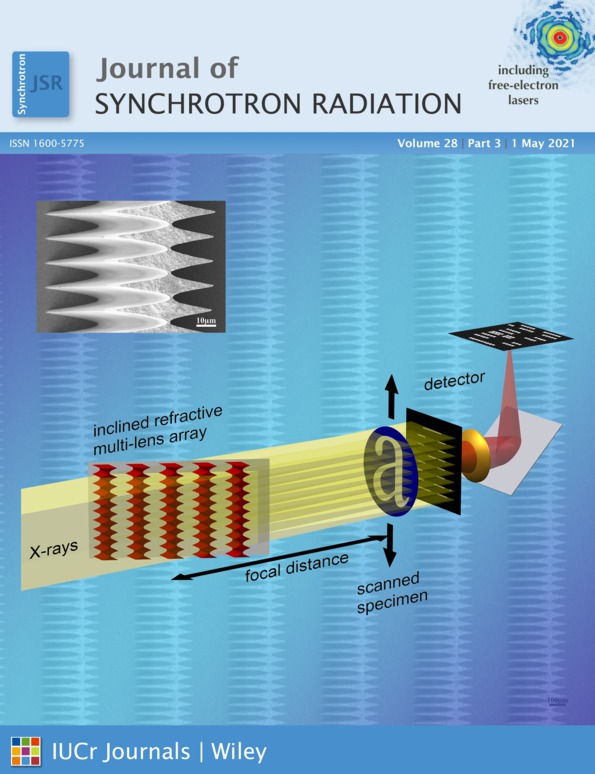A coherent harmonic generation method for producing femtosecond coherent radiation in a laser plasma accelerator based light source
Abstract
The electron beam generated in laser plasma accelerators (LPAs) has two main initial weaknesses – a large beam divergence (up to a few milliradians) and a few percent level energy spread. They reduce the beam brightness and worsen the coherence of the LPA-based light source. To achieve fully coherent radiation, several methods have been proposed for generating strong microbunching on LPA beams. In these methods, a seed laser is used to induce an angular modulation into the electron beam, and the angular modulation is converted into a strong density modulation through a beamline with nonzero longitudinal position and transverse angle coupling. In this paper, an alternative method to generate microbunching into the LPA beam by using a seed laser that induces an energy modulation and transverse–longitudinal coupling beamlines that convert the energy modulation into strong density modulation is proposed. Compared with the angular modulation methods, the proposed method can use more than one order of magnitude lower seed laser power to achieve similar radiation performance. Simulations show that with the proposed method a coherent pulse of a few microjoules pulse energy and femtosecond duration can be generated with a typical LPA beam.




